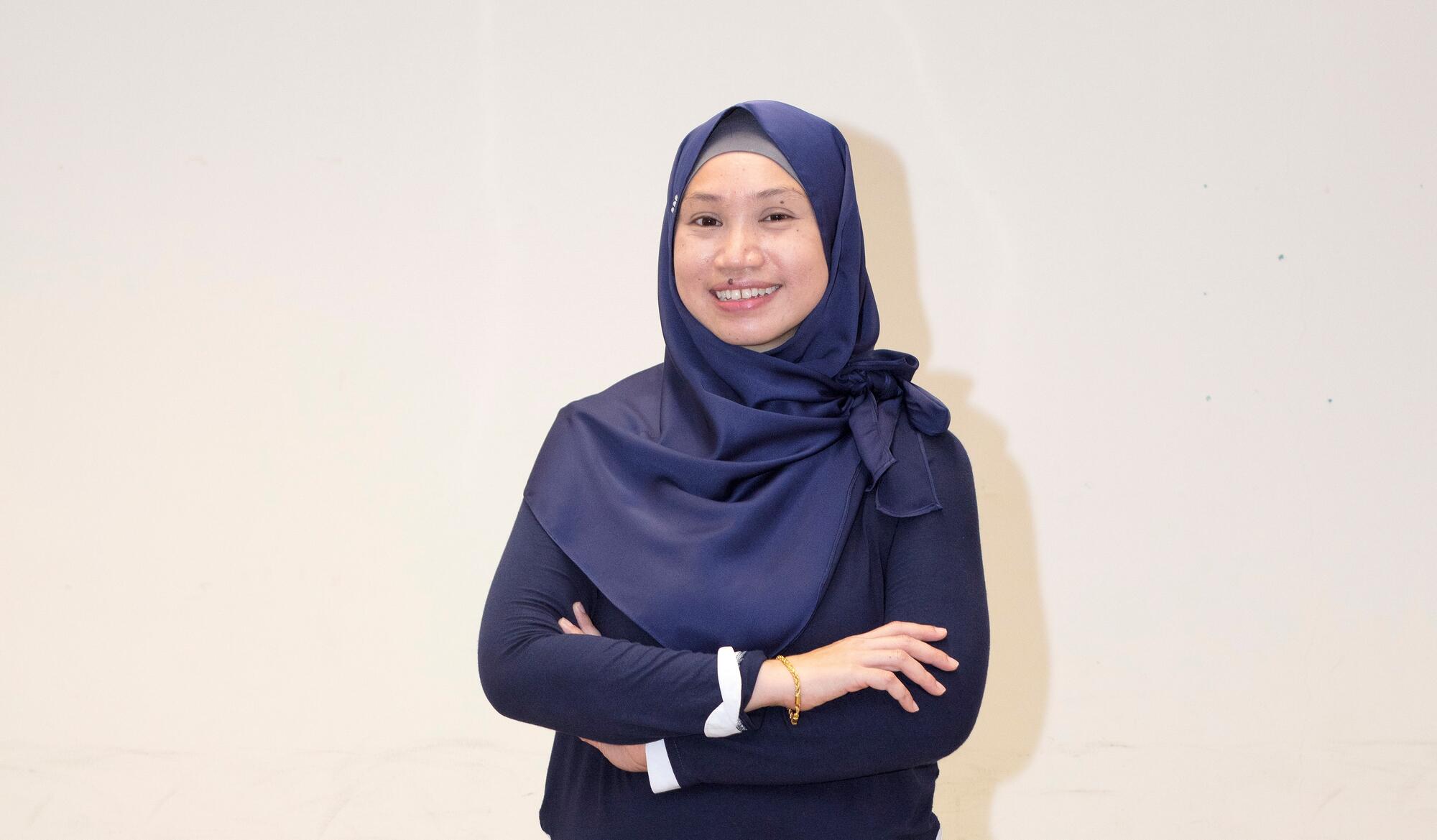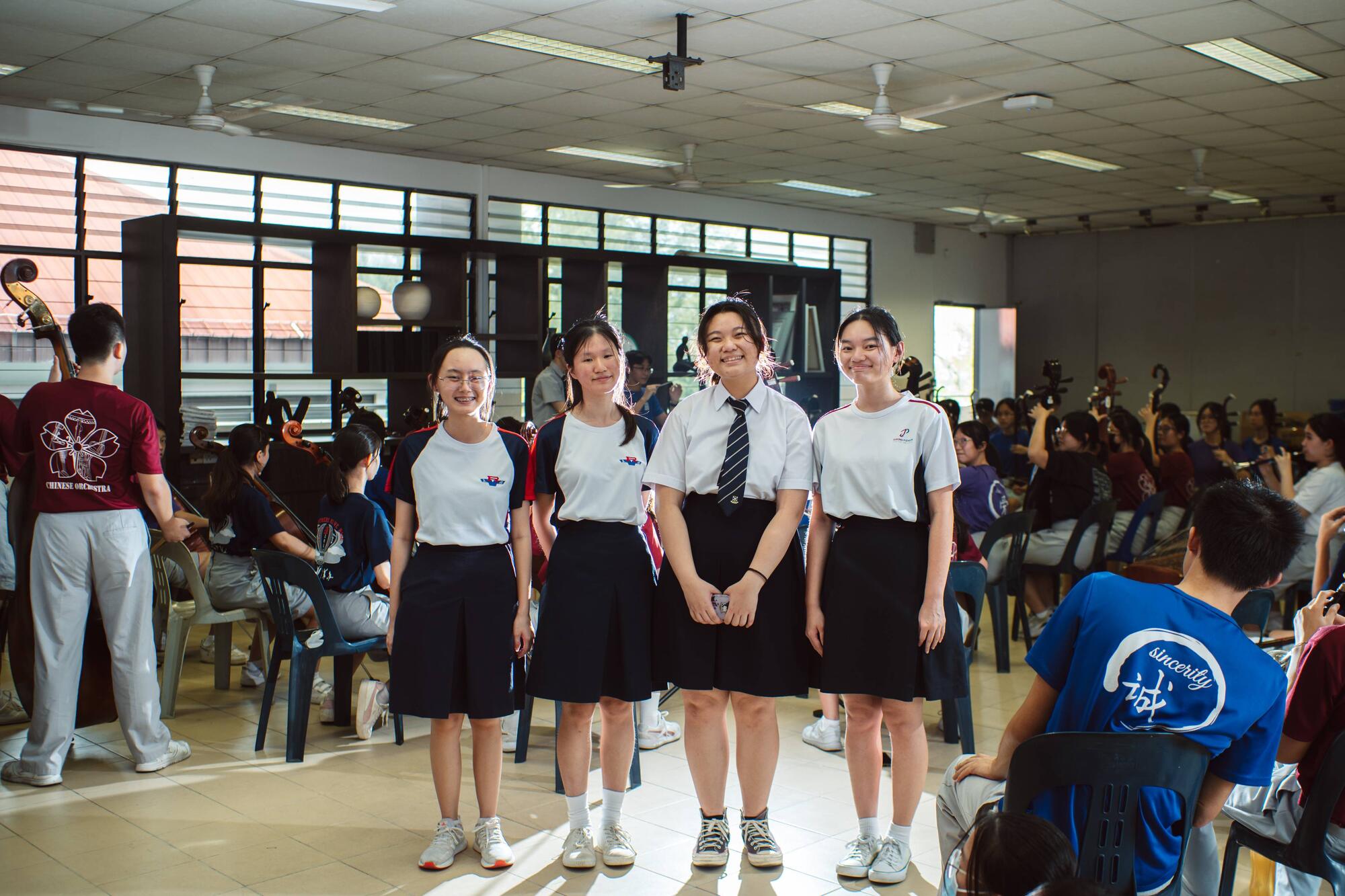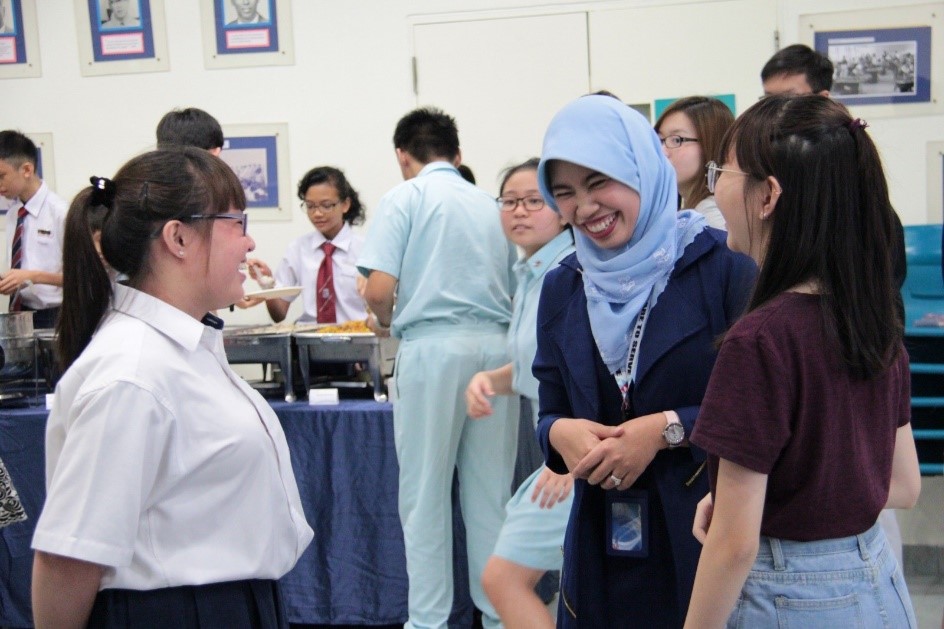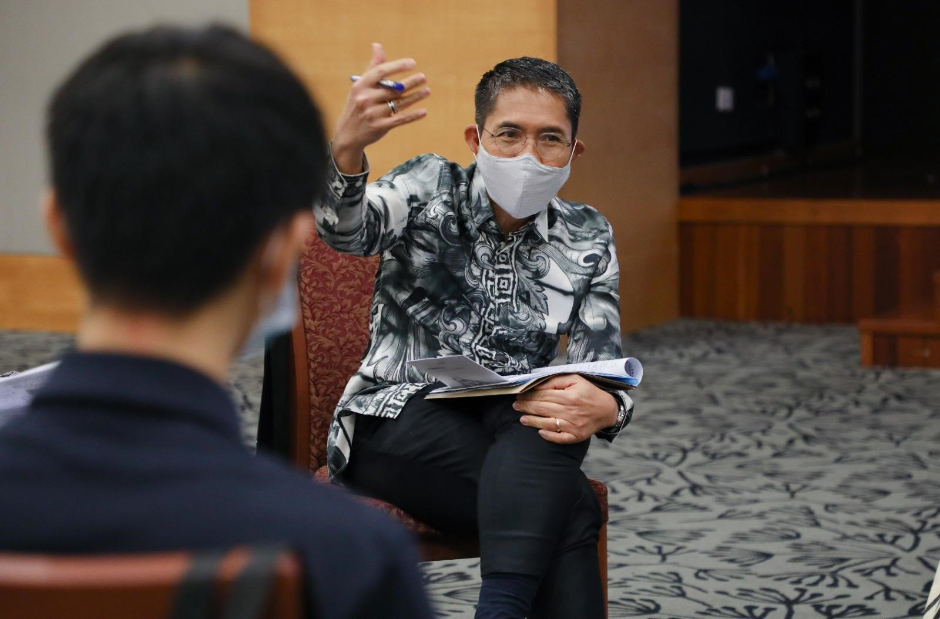Mdm Nurul’ Ain Binte Azilah, Seng Kang Primary, President’s Award for Teachers 2020 Finalist
When students at Seng Kang Primary were introduced to the chiaroscuro technique (the use of light and shadows) during art lesson, they were not asked to simply practise shading.
Instead, their art teacher Nurul’Ain wanted them to discuss this phenomenon.
“The shadows are caused when the path of light is blocked by an object,” one student quipped. “And the area nearest to the light source is the brightest, almost white as paper,” said another.
For the uninitiated, this may sound like a science class. But this interdisciplinary approach is a trademark of Ain’s art lessons.
She believes that when her students understand what affects the intensity of light and darkness, they will be better able to bring out the three-dimensional aspects in their drawings.
Integration of art
For Ain, Art is not a standalone subject; it is connected to other subjects, and this is something she wants her students to appreciate.
“In Mathematics, students learn angles using origami, they learn patterns and shapes by studying Peranakan tiles,” she says. “For Inter-disciplinary Project Work (IPW), students build structures and that involves both Science and Art – the science of material properties and the art of form making.”
“When students go on learning journeys to museums and the Singapore River, they observe artworks or sculptures by the river banks, and learn about Singapore’s early history, which is part of the Social Studies syllabus,” Ain explained.
The importance of using art to connect with the world and make sense of it, is a view that Ain has held for a long time, long before she became a teacher 20 years ago.
Art runs in Ain’s family – her father was an Art teacher, and it was his influence that led her to not only love and respect this discipline, but to teach it.
“When I was young, my father didn’t ask me only to practise Mathematics. He’d also ask me to practise observing and drawing still life,” she said.
Her keen eye for detail and sharp observation skills were developed from such experiences.
“My father also helped me to see that all subjects – examinable or not – should be accorded equal importance in terms of the time and effort you spend learning them.”
Art-making through observation
To help her students get the most out of her lessons, Ain uses a six-step process, comprising Connect and Wonder, Investigate, Make, Express, Assessment and, finally, Reflect.
Take her lesson on batik-painting for Primary 2 level as an example.
First, students observe a couple of curated artworks to trigger their curiosity on the topic. Investigation follows when students are tasked to explore patterns found in their own culture or when they get to play with wax and paint.
Subsequently, they need to make a T-shirt using the patterns they have discovered in the earlier processes. Expression comes next, with students composing their artist’s statements to describe their works, from what they represent, how they came about, to how they can be displayed.
The penultimate step of “Assessment” sees students’ works critiqued by both peers and teacher using structured rubrics, before the whole process concludes with “Reflect”, when students ponder on their art-making journey.
“This programme makes students more curious and eager to learn the new techniques as they are given the opportunity to do exploration before they attempt the final task,” Ain shared. “Also, they take the tasks more seriously, as the assignment is designed to be relatable to their day-to-day experiences.”
Another of Ain’s lessons that gets students to observe and question intently, hence fully engaging with the art-making process, is the Upcycling Project that she conducts for all her Primary 4 students every year.
For this lesson, she uses Cheong Soo Pieng’s “Drying Salted Fish” (1978), an iconic painting also found on the Singapore $50 note. Students observe the artwork and employ the K-W-L (Know-Wonder-Learn) method to reflect on the development of Singapore, from a fishing village to a modern city, which is again, part of the Social Studies syllabus.
Ain guides the inquiry to cover different aspects of the Singapore River – an early trading port, modernisation, as well as the Clean River campaign, to elicit students’ responses on recycling and upcycling. All this culminates in the students making art by upcycling low-value and unwanted items. After being graded, these pieces are put up for sale during recess.
In 2019, the Upcycling Project collected close to $3,000, which was donated to the Children’s Cancer Foundation as part of the school’s Values in Action Project.
Lauded as a successful case study, Ain shared it at a Teacher-Led Workshop on “Infusing Design Thinking in Art Making” and received positive feedback from the participants.
Gaining fresh insights
Just as Ain wants her students to grow holistically and stretch their abilities through art, she does the same for herself. In 2008, when she was given the role of Art coordinator, she decided to level up her competency via the Art Teachers Practitioner Programme (ATTP) by the Singapore Teachers’ Academy for the aRts (STAR).
She went on to enrol in a four-month full-time course at the National Institute of Education (NIE) to attain an Advanced Diploma in Primary Art Teaching. In 2014, she completed her conversion to become a fully-fledged Art teacher.
As the Lead Teacher in Art now, Ain continues to learn by being part of STAR’s annual Network Learning Community (NLC) where she keeps abreast of different aspects of making, learning and teaching Art.
She brings ideas to fellow teachers, too. As the Art Champion in a cluster of schools in the north, she inspired all Art teachers to use the Inquiry-Based model of teaching. They also developed a portal of students’ works based on which a cluster art exhibition was held in 2019 at the Sengkang Public Library.
For Ain, grades and natural talent are only part of a far bigger picture. “I do not just look at the end product, but more at the process on how the students achieved the end product. I want them to reflect on how they achieved their products, and make them artists in their own right.”






